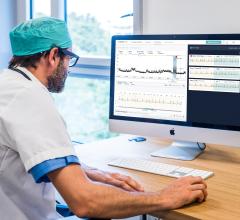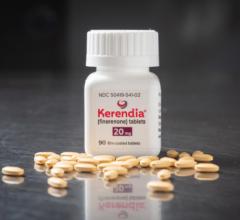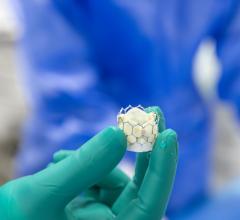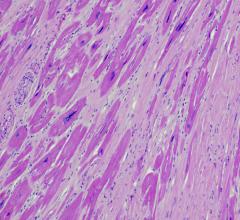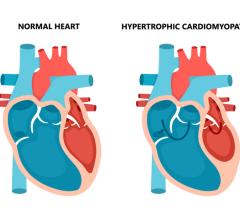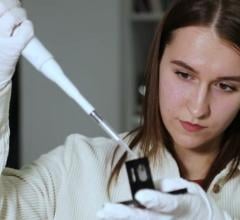March 9, 2010 — Initial clinical study results published in the journal Circulation indicates use of a physician-directed, patient self-management system guided by left atrial pressure can improve symptoms and outcomes in patients with heart failure (HF).
St. Jude Medical Inc. announced publication of clinical results in the Hemodynamically Guided Home Self-Therapy in Severe Heart Failure Patients (HOMEOSTASIS) trial. The left atrial pressure (LAP) management system featured in this study allows patients to adjust their HF medications daily, based on a physician-directed prescription plan and their current HF status, similar to the manner in which diabetes patients manage their insulin therapy.
Results of the HOMEOSTASIS study were published in the March 2010 issue of Circulation. This observational, first-in-human, feasibility study suggests that outpatient hemodynamic monitoring linked to a self-management therapeutic strategy could change current management of advanced HF and facilitate more optimal therapy and improved outcomes.
LAP is the gold standard in hemodynamic monitoring for HF, providing the most objective, direct measure of left-sided cardiac filling pressure, increases in which precede development of pulmonary congestion (fluid in the lungs) and other HF symptoms. Results from this study demonstrated that regular monitoring of LAP in combination with a dynamically adjusted prescription plan can be used to drive appropriate adjustment of HF treatments, and as a result, improved LAP control and reduction of HF events that may result in hospitalization or death.
Following implantation of an LAP sensor, all subjects in the study were free of major adverse cardiac and neurological events at six weeks, meeting the trial’s primary endpoint. Over a median follow-up of 25 months, LAP control was achieved for at least six consecutive months in 76 percent of patients, with a 67 percent reduction in the frequency of elevated LAP readings (over 25 mmHg).
Throughout this same period, there was a significant 84 percent average decrease in HF events including HF hospitalization and all-cause mortality once LAP-guided therapy was initiated. Over the course of treatment, patients also had significant improvements in HF symptoms and quality of life.
The report outlined results of the first 40 patients enrolled in the trial; 20 patients enrolled in three Australian or New Zealand sites and 20 patients enrolled in four U.S. sites. The trial was led by cardiologists Dr. Richard Troughton from Christchurch, New Zealand and William T. Abraham, M.D., from the Ohio State University.
“These results are significant in demonstrating for the first time that left atrial pressure monitoring, linked to a self-management strategy, can facilitate more optimal heart failure therapy and reduction of heart failure events,” said Mark Carlson, M.D., chief medical officer and senior vice president of research and clinical affairs for the St. Jude Medical Cardiac Rhythm Management Division. “St. Jude Medical will continue to focus on disease management technologies that will provide physicians more control in improving the lives of patients with heart failure.”
The early results of the HOMEOSTASIS trial led to the establishment of the LAPTOP-HF (Left Atrial Pressure Monitoring to Optimize Heart Failure Therapy) Study, a larger pivotal, randomized, controlled, prospective, multicenter clinical investigation. The LAPTOP-HF study will be conducted under a U.S. Food and Drug Administration (FDA) Investigational Device Exemption (IDE) and is expected to begin in the first half of 2010.
More than five million Americans have HF with 550,000 new cases diagnosed each year. Heart failure occurs when the heart is unable to pump enough blood to meet the body’s demands. To compensate, the heart must pump at an elevated filling pressure. Progression of HF over a period of days is known as acute decompensation and results in substantially raising the left atrial pressure.
High levels of LAP directly force excess fluid into the lungs causing congestive symptoms, most commonly breathlessness. Approximately 90 percent of patients admitted to the hospital for HF have pulmonary congestion related to elevated LAP. Episodes of pulmonary congestion have a high associated mortality and result in a downward spiral of progressive cardiac deterioration.
For more information: sjm.com

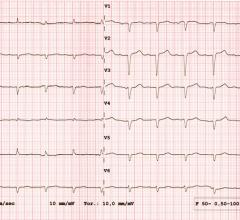
 May 20, 2024
May 20, 2024 

